Crossing the border of Costa Rica into Nicaragua is a time consuming process. As you pass through, trucks line the roads in all directions. On a good day, it can take 48-hours to gain clearance. Rain pours in relentless drenching sheets; all is considered normal.
The first step of the journey is to stand in line with multitudes of drenched people to exit Costa Rica. For us, money changing happened after obtaining our exit visa.
With stamped passport in hand and more forms to fill out, we crossed the no-mans land of broken fences, police, and semi-abandoned vehicles between the two countries. Once on the other side, you proceed through Nicaraguan customs, which can be rather arduous if you don’t have an agent working on your behalf. Securing an agent allowed us to avoid the lines and instead spend our time searching for a good bottle of Flor de Caña rum.
Only after obtaining a visa can you enter Nicaragua. Once secured we passed police with guns who constantly check passports for legitimate stamps. We were checked frequently.
Across the border, the scenery changes as you are greeted by the very large Lago de Nicaragua as it kisses the land on the right hand side of the road.
This area was once thought to be an ideal place to build a sea-level canal without locks for large ocean ships. Less than 20 kilometers of land separate the Caribbean from the Pacific Ocean (not water — but land). However, due to political strife, Nicaragua was not seen as a viable route and the Panama canal was built instead.
As a result, Nicaragua was spared the ecological fiasco that would have resulted (and probably saved one of the only species of freshwater sharks in the world).
On the land between the Pan-American Highway and the Lago de Nicaragua is an army of windmills strong enough to power the City of Rivas. The ultimate goal is to significantly reduce Nicaragua’s dependence on oil by 2013.

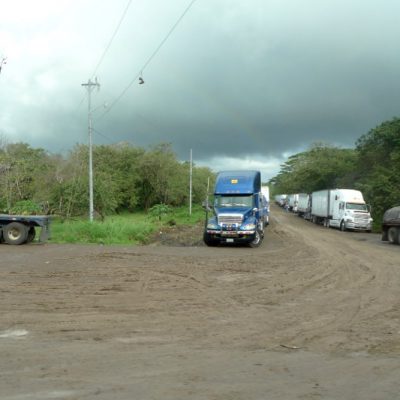
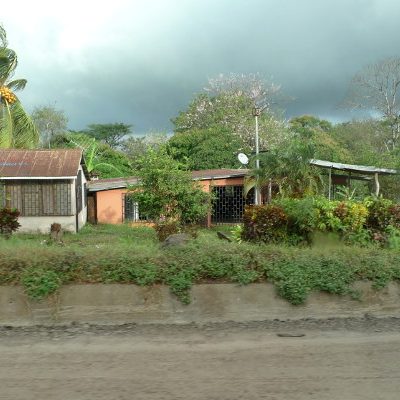
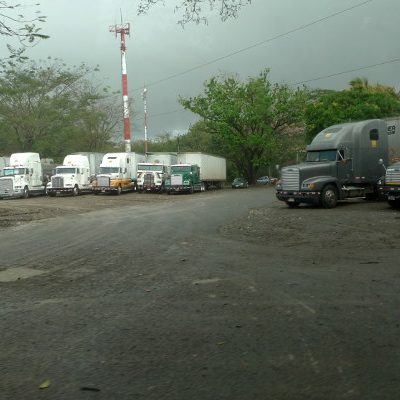
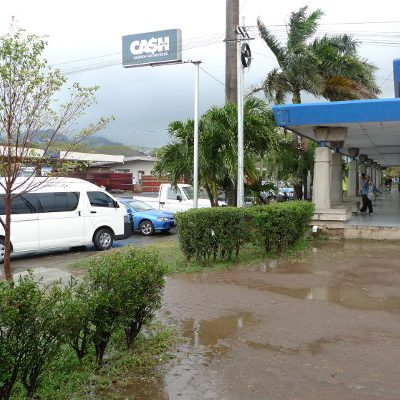
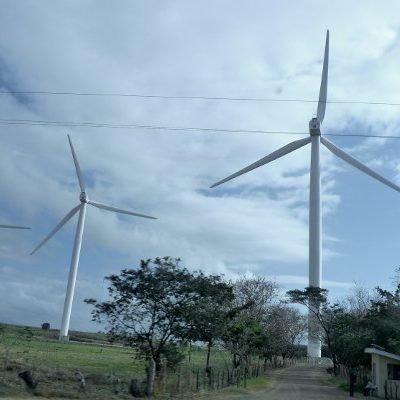

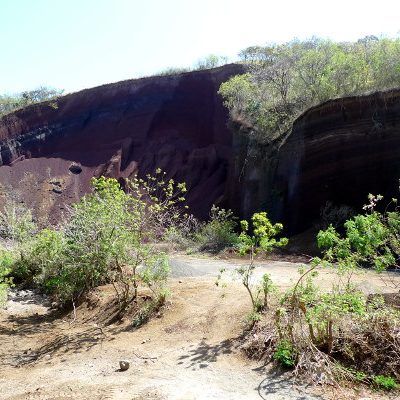

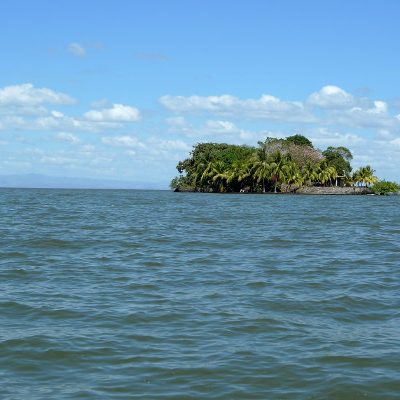
There is a six-month validity passport requirement to enter Nicaragua. This caught a few people who wanted to visit the country but couldn’t.